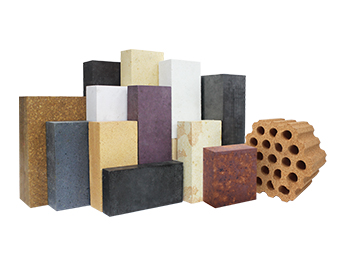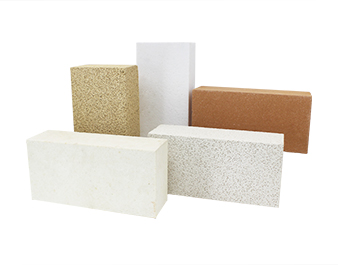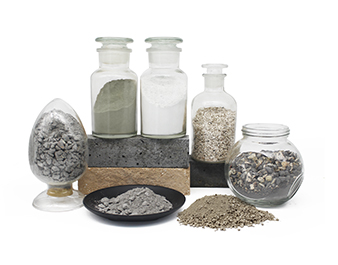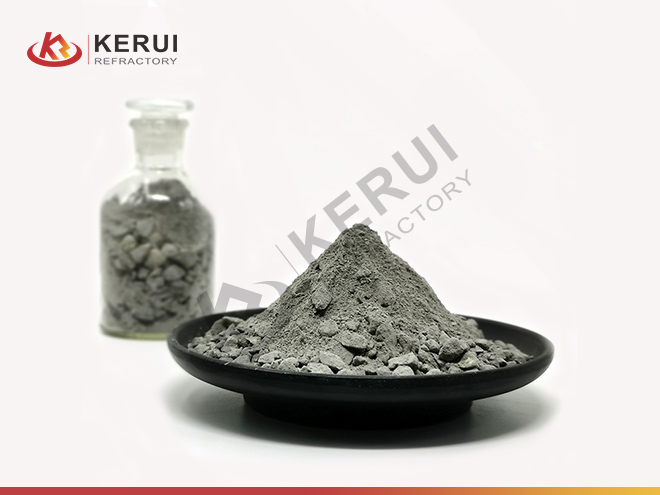
Corundum Refractory Castable
- Al2O3 ≥/%: 80-95
- Bulk Density≥/(g/cm³): 2.7-3.2
- Flexural Strength ≥/MPa: 9-11
- Compressive Strength ≥/MPa: 60
- Permanent Linear Change ≤/%: ±0.5
- Certification: ISO9001/ISO14001/ISO45001/ISO50001
- Sample: testing of sample is available
Description of Corundum Refractory Castable
Corundum refractory castable is an unshaped refractory material formed by mixing corundum and super bauxite clinker as aggregate and powder, plus some pure calcium aluminate cement, as well as binders and additives. The alumina content of the corundum castable is more than 90%, which ensures the existence of a large amount of corundum as the main crystal phase. It has the advantages of high strength, stable volume, and corrosion resistance. Corundum castables are usually constructed by the pouring method, which can be poured into an integral lining or spliced on site.
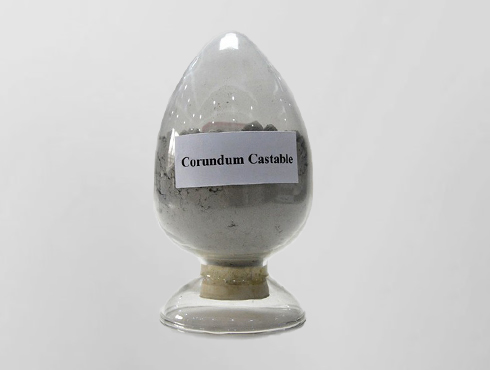
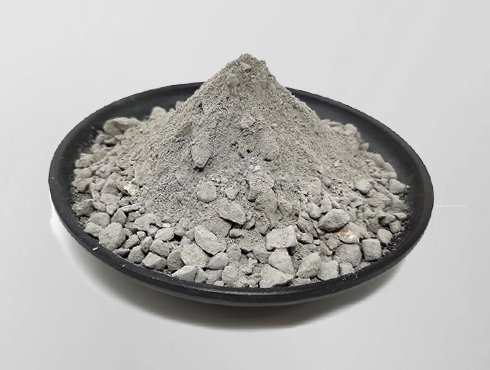
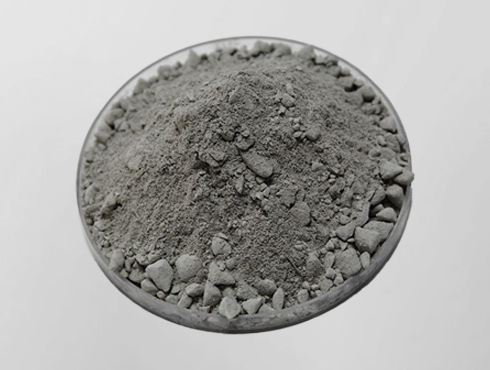
Kerui Corundum Refractory Castables Technical Data Sheet
| Item/Grade | GJ80 | GJ90 | GJ95 |
|---|---|---|---|
| ω (Al2O3) ≥/% | 80 | 90 | 95 |
| Bulk Density ≥/ (g/cm³) | 2.7 | 2.8 | 3.2 |
| Flexural Strength ≥/MPa | 9 | 10 | 11 |
| Compressive Strength ≥/MPa | 60 | 60 | 60 |
| Permanent Linear Change ≤/% | ±0.5 | ±0.5 | ±0.5 |
Advantages of Corundum Refractory Castables
Corrosion Resistance
Corundum castables exhibit excellent corrosion resistance, making them highly resistant to chemical attack by acids, alkalis, and other corrosive substances. This feature ensures their longevity and performance in corrosive environments
High-Pressure Strength
The corundum particles provide a high-strength framework, while the binder material enhances the cohesion of the interparticle bonds. This combination gives the castable excellent resistance to compression, enabling it to withstand high-pressure conditions without significant deformation or structural failure.
Good Volume Stability
Corundum castables have good volume stability, which means they retain their shape without deformation even under extreme thermal conditions. This stability reduces the risk of cracking, spalling, or structural damage, ensuring the long-term integrity of the refractory lining.
Excellent Mechanical Strength
The mechanical strength of corundum castables includes compressive strength, tensile strength, and flexural strength. This allows them to withstand the mechanical loads and stresses encountered during operation, providing structural integrity and reliability in harsh industrial environments.
Construction Methods of Corundum Refractory Castable
Surface Treatment
Make sure the surface of the construction is clean, dry, smooth, and free from other pollutants
Mixing Castables
Mix multiple bags of castables according to the materials needed, and add a certain amount of water to adjust the humidity to meet the humidity requirements of construction
Stirring
Add the mixed castable and adhesive into the mixer, add water, and mix until the color is uniform, and the lumps can be caught by hand without leakage (completed within 30 minutes)
Vibration
The castable should also be poured with a plug-in vibrator or a flat vibrator, and the layer pouring height should not exceed 400mm. Castables applied by vibrating can help eliminate porosity and improve the compactness and strength of the lining.
Curing
The completed construction body should be naturally cured in a dry environment for 5-7 days at a temperature of 5-35℃. Avoid construction body vibration during maintenance.
Application of Corundum Refractory Castables
Furnace Lining
Corundum castables can be widely used in various types of furnace linings including
Steelmaking Furnace
can be used as an electric arc furnace in steel production, the lining of steel ladle
Glass Furnaces
Corundum castables are used to line the walls of glass furnaces, top, and bottom cement kilns
Ladles and Crucibles
Corundum castables are widely used in the construction and repair of ladles and crucibles in industries involving metal melting and pouring operations. Applying corundum castables to affected areas restores the integrity of crucibles and prolongs their life.
Pipes and Chimneys
Corundum castables are used for lining flue gas pipes and chimneys in power plants and industrial facilities. They are resistant to high temperatures, thermal cycling, and chemical attack caused by smoke and combustion.
Burner Throats
Corundum castables can be used in burner throats and preheater systems for industrial furnaces and kilns, withstanding severe conditions of high temperatures and chemical corrosion

